
Dr. Phil Wannamaker: 24 November, 1954 - 22 August, 2022
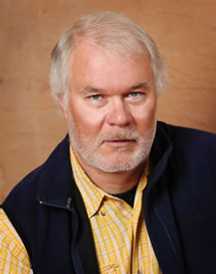
A message from Phil's daughter Alexis with some photos (press on each image to get full resolution)
Thank you for such kind words, it means so much to me to hear from you and others he worked with.I am so thankful for the kind messages about my Dad being offered up by the EM community. It is always such a treat for me to get a glimpse into his world, he was always so humble about it all. I have vivid memories as a kid in the truck in the desert with him; I was able to tag along (at least once?) to do some field work. I got to ride in the back of the pick up with a walkie talkie and felt cooler than cool. I got my affinity for the wilderness from him; he taught me to fall in love with the Utah desert at a very young age.
I've attached some of my favorite photos of my Dad, some most recently from my wedding in Boulder, UT in June.
| Phil and brother Rob | Phil and daughter Alexis (ca. 1994) | Phil at Mt. Erebus | Phil at Mt. Erebus - 2 | Alexis's wedding (June, 2022) |
|---|---|---|---|---|
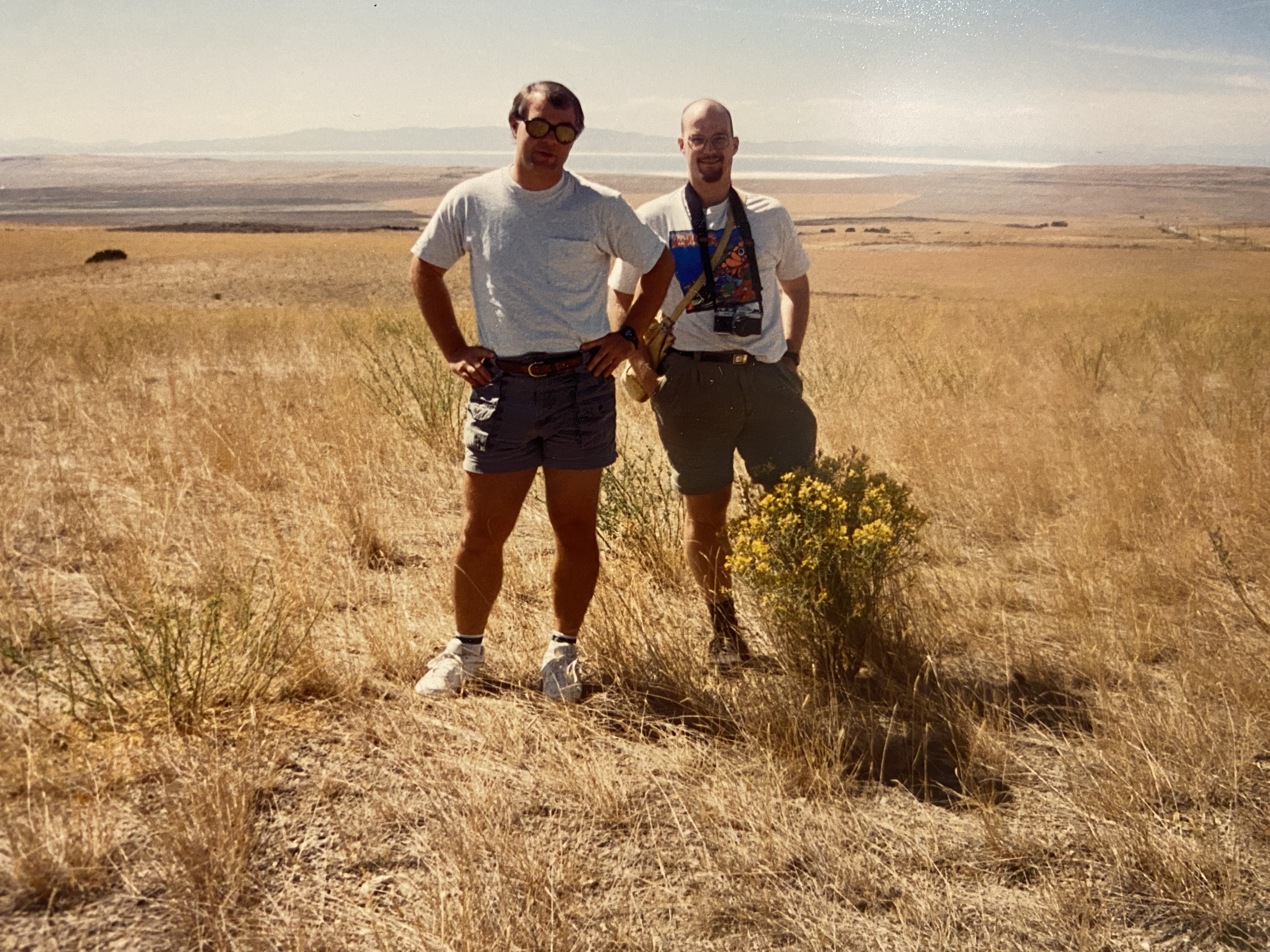 |
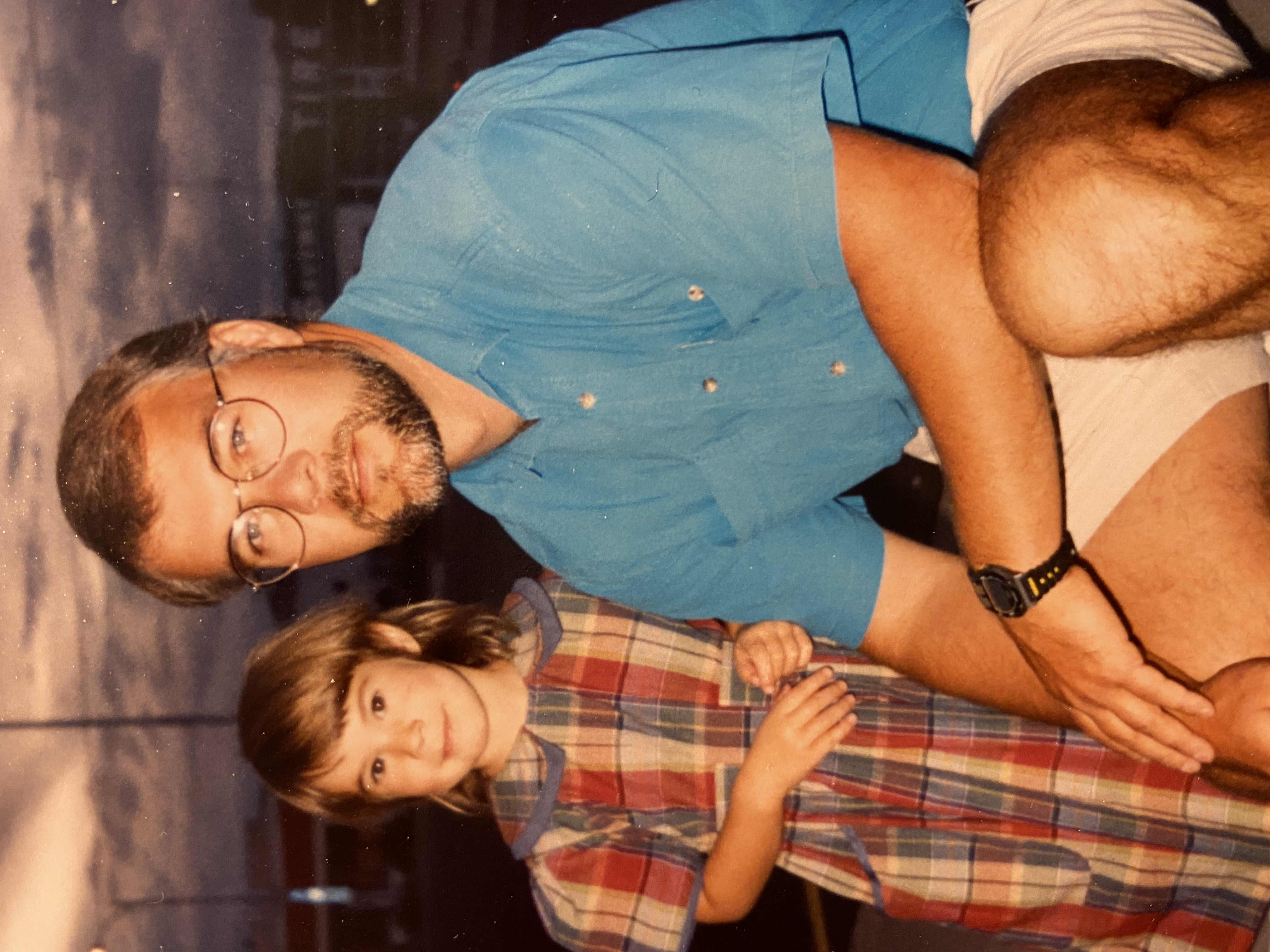 |
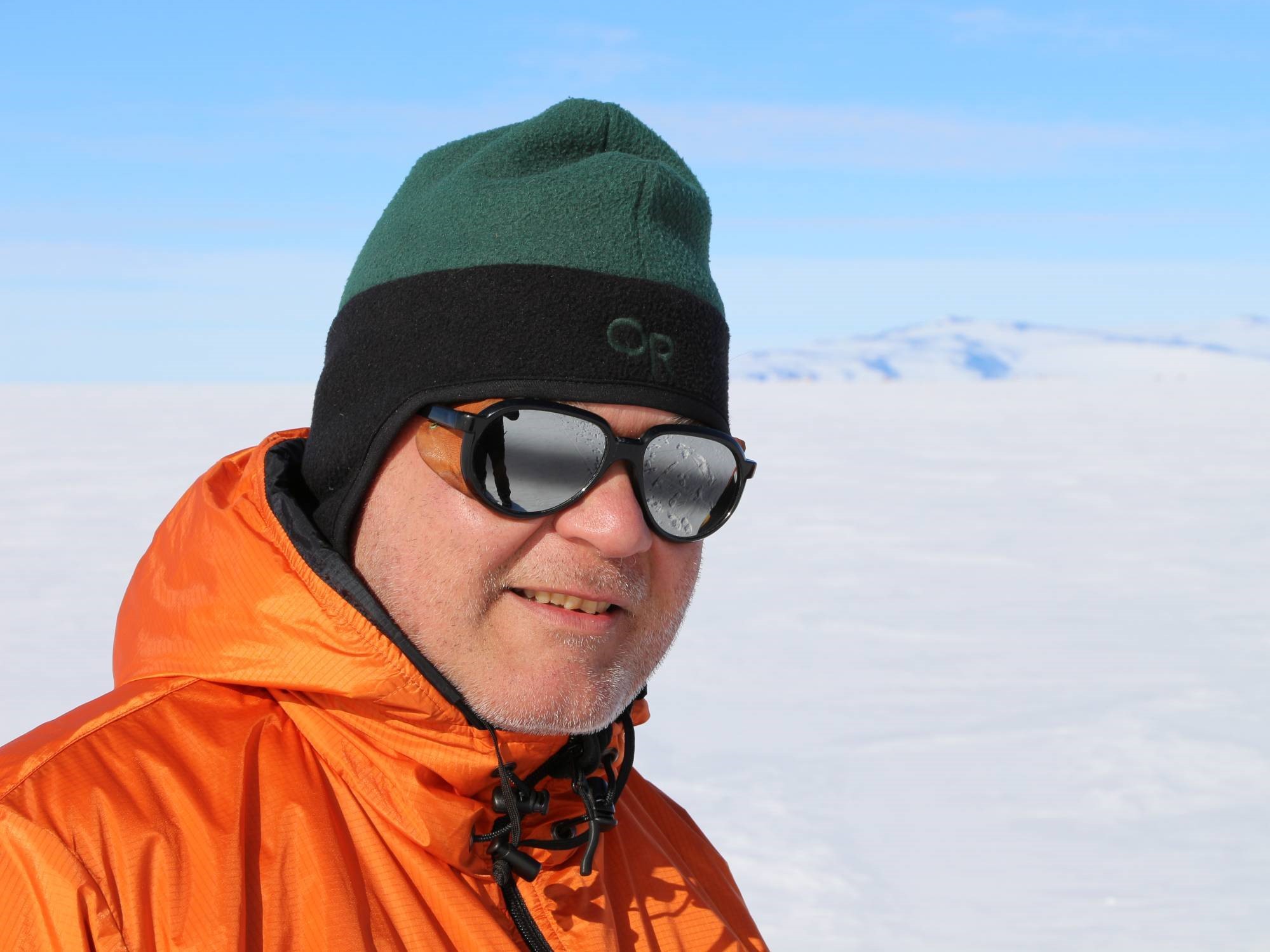 |
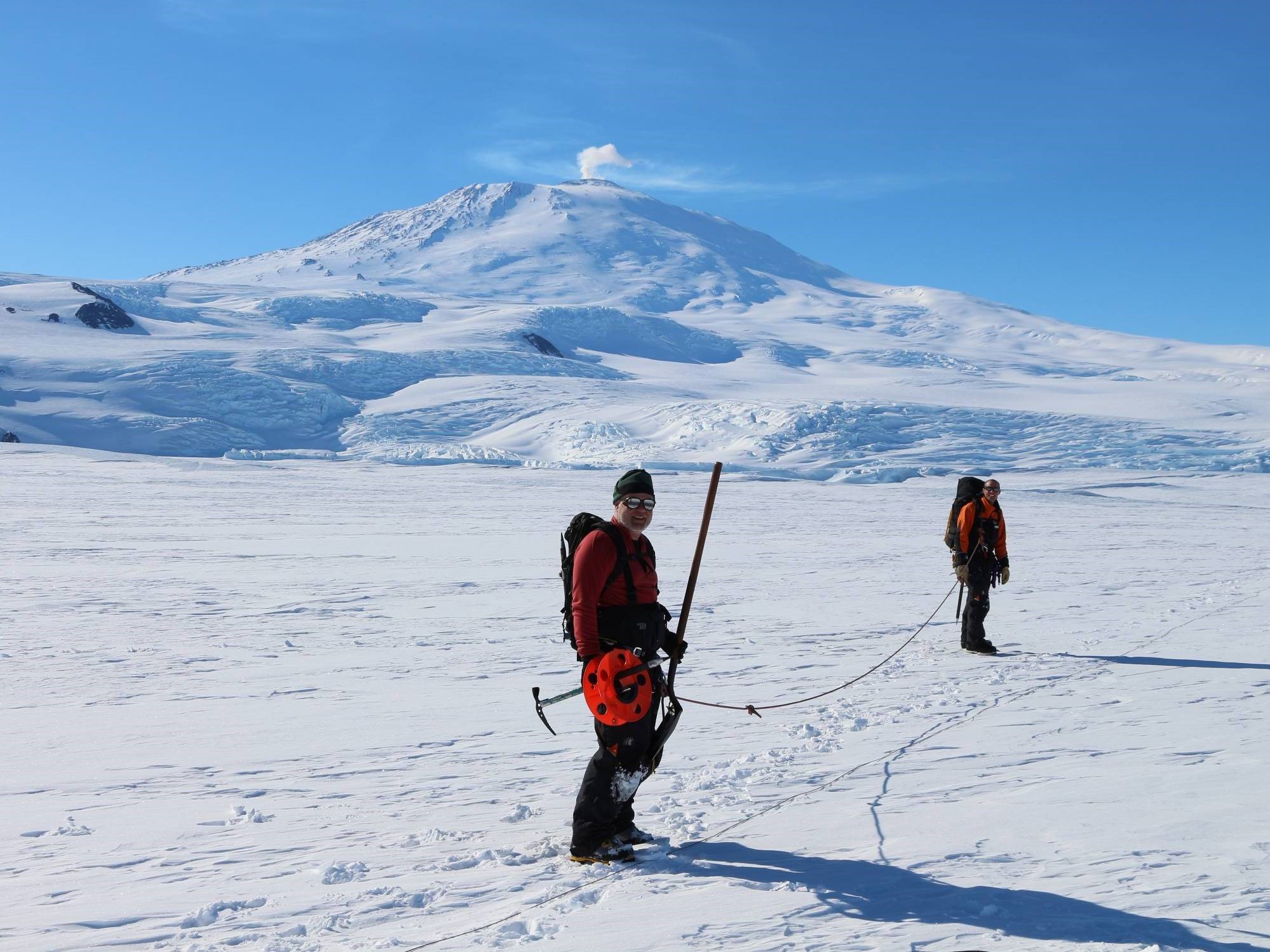 |
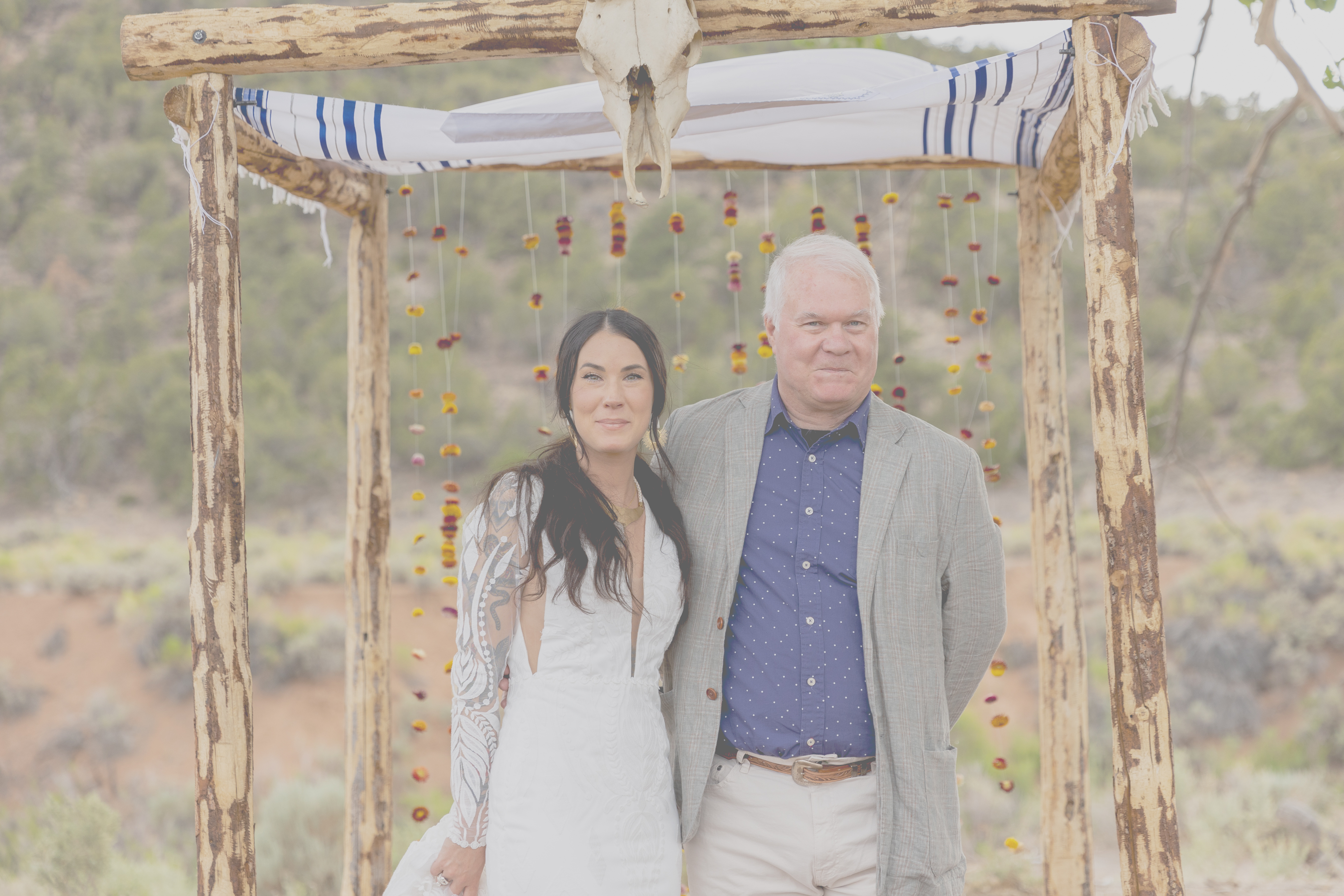 |
Photos of Phil from many people: here (Louise Pellerin's Google Drive)
EGI's web page for Phil: here
Phil's Google Scholar page: here
Phil's EMinar - "Petrological Systematics of the Electrical Conductivity Structure of Continental Subduction Arc-Extensional Backarc Regimes including Closure and Stabilization":
EM Induction Workshops
Phil was a very strong supporter of our EM Induction Workshops. You can see him in the photos from various workshops:- 1988 - Sochi
- 1996 - Onuma - 6th from left end, 3rd row from the top
- 2002 - Santa Fe
- 2018 - Helsingor, front row, sunglasses
MTNet Email from Alan Jones: 23 August 2022
Dear MTNet colleagues,
Unfortunately I have some very sad news to pass along to you.
I was just notified that Phil Wannamaker had a massive heart attack about 3pm yesterday (Monday 22nd August) afternoon in the EGI office. Even though he had immediate CPR and EMTs within minutes, he didn't survive.
Those of you not familiar with Phil can find out about him on his EGI web page: https://egi.utah.edu/about/staff/phil-wannamaker
Anyone who came into contact with Phil found a generous, warm-hearted scientist who was rare in his knowledge and skills sets. With a first degree in geology and graduate degrees in numerical computation in EM under Stan Ward (with Jerry Hohmann on his committee), Phil was just as comfortable with debating petrology with the best in the world (Yardley) as he was designing and building MT acquisition equipment as he was developing and implementing forward and inverse numerical EM solutions as he was tectonically interpreting the conductivity models derived by his inversion codes.
I've known Phil since the early-1980s (Victoria EM meeting in 1982), and tried to hire him into a position at the Geological Survey of Canada in 1987 because of his personal and professional qualities. Phil was from eastern Ontario.
I will start an In Memoriam page for Phil, so please send me reminiscences for inclusion in it.
I wish you all the very best.
Alan
Celebration of life - 4th September, 2022
Family, friends, colleagues and neighbors gathered on Sunday, 4 September 2022 to celebrate the life of Phil Wannamaker, Nov 24, 1954 - August 22,2022. We gathered at Phil's beautiful home on the East Bench of Salt Lake City, UT, which he had recently remodeled and filled with art from his world travels, including a map collection of the western USA that will be donated to a local museum.Bill Doerner, Graham Hill & I shared stories of field campaigns, the Magnetotelluric (MT) Method, and decades of friendship. The story of 'Antarctica Alert: Where are Phil's pants?' is now infamous! As a boy, Phil's mother warned him to get an education or he would be digging holes for a living. In spite of attaining the PhD degree as a young man, Phil was a great hole digger and dug holes around the world installing MT instruments and following the science.
Rob Wannamaker, Phil's younger brother by more than a decade, came with his family from Los Angeles. Rob received a Ph.D. in mathematics before switching to music composition where he is now a Dean at CalArts School of Music. Rob read the obituary (view here) and then shared stories of his brother. They grew up in a farming area in northern Ontario, Canada and from an early age Phil picked up rocks to study the Earth. When Rob visited Utah Phil would take him to those special places in the Utah desert that Phil held so dear. Inspired by his brother, Rob is now sharing the love of these places with his children.
After the formal portion of the ceremony neighbors, faculty, staff and alumni from the University of Utah department of Geology & Geophysics and the Energy Geoscience Institute mingled with friends and family. As dusk came upon us, the neighbors and colleagues drifted off, while the MT crowd, Phil's daughter and her friends, and Phil's partner and friends hers lingered into the evening.
Phil's daughter Alexis Verson was married this past June and Phil was an important participant in the joyous event. Alexis inherited her father's love of the outdoors and of Utah in particular. Her tribe of river runners, most adorned with beautiful tattoos, were an important presence at the memorial. Phil's partner, Barbara Wilson, is a teacher in an international school, presently teaching in Azerbaijan. She and Phil had an amazing relationship that danced around the world. Her friends of the global teaching community were there supporting her.
As midnight passed and the day's 103oF (40oC) degree temperatures finally cooled, one group was still sitting around having another beer and telling another round of Phil stories: Bill Doerner, Graham Hill, Jared Peacock, Paul Bedrosian, Kevin Mendoza, Jeff Johnston and me. I was able to get the group to stand but then there was another round. The MT crowd moved from the patio to the back lawn where there was a cooler of beer that triggered another round of toasts. Some minutes before 2am the last toast was made at the gate, and we said goodbye to our good friend Phil.
Lu Pellerin
Berkeley, California
Photo board (press on image for full resolution)
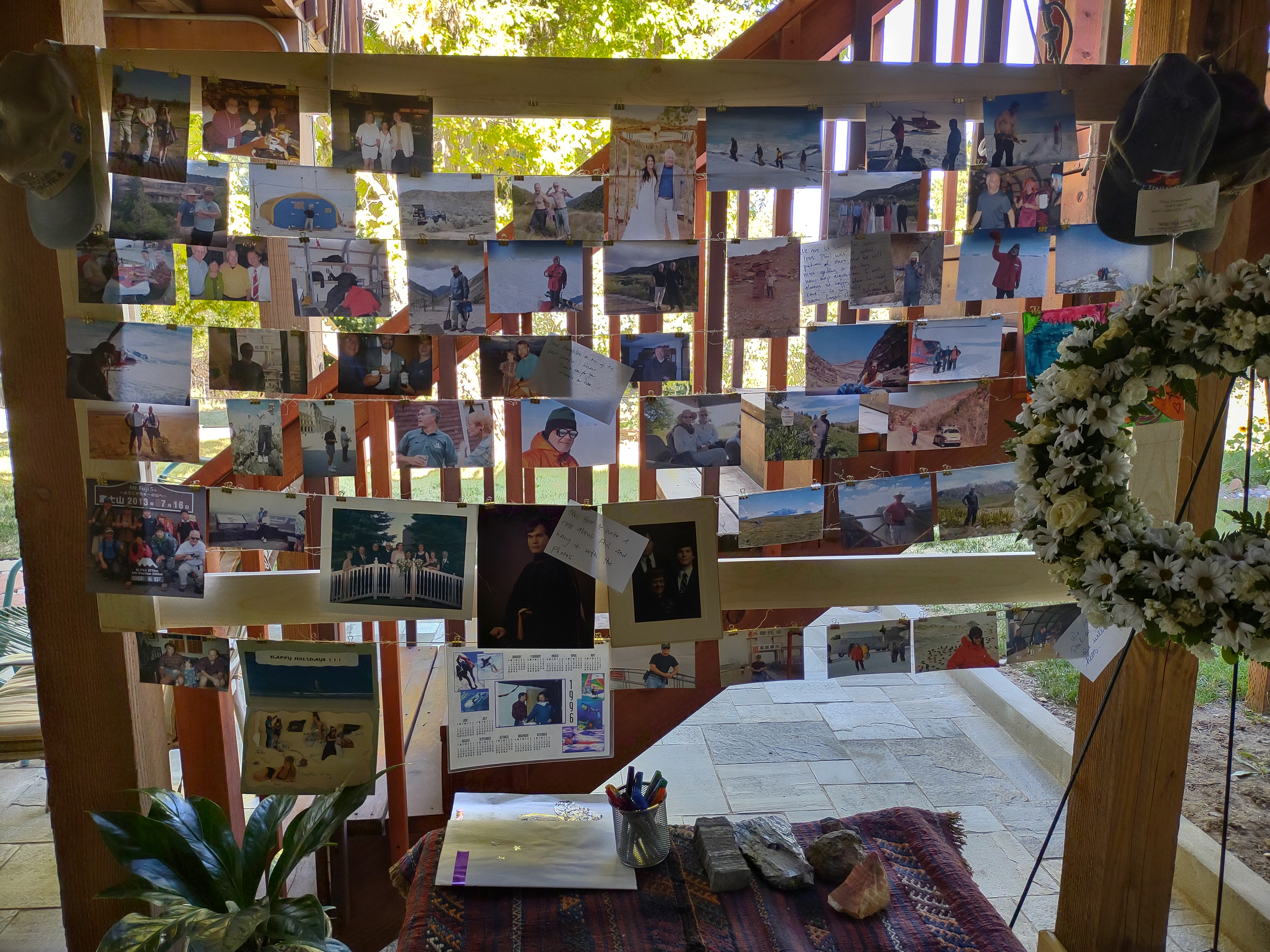
Salt Lake City Tribune Obituary
Comments/reminiscences from Phil's former students, colleagues and friends
Please send photos and reminiscences to the MTNet Webmaster for inclusion on this page
Kerry Key
This is so sad to hear. Phil was such a good colleague and had such a positive impact on so many people in the MT community. As a graduate student I used his PW2D code and read his FE papers and code manual so much that I felt like I knew him before I had actually met him. I was surprised at how friendly he was when we finally met at an AGU meeting. Phil was also generous about lending out his equipment. We borrowed his BF4 magnetometers for making seafloor broadband MT instruments when I was a graduate student, and just a few years ago he lent me his buffer preamps for making MT electric field measurements on glacial ice. Phil was a go-to guy for MT science and far beyond!
Dean Livelybrooks
It is sad to hear of Phil's passing. I recall meeting Phil on a trip to Salt Lake City when I was interviewed to be a post-doc in Gerry's group. Phil took me on a long jaunt down to the Grand Staircase-Escalante Monument area, stunning for both its scenery and geology. It seemed to me that Phil was happiest when doing field work. He made major contributions to the field of magnetotellurics, for me starting with the EMSLAB project during the 80's when I was in grad. school. He will be missed.Best, Dean
Nic Palshin
Really sad news. Phil was a talented scientist with a great outlook and a wonderful person. We will all miss him. Nick Palshin.
Rita Streich
My first encounter with Phil was when he, initially anonymously, reviewed the first paper I'd written really by myself, the first one after completing my PhD. Initial reviews spanned everything from minor revision to rejection and included some quite unprofessional comments. Phil's friendly, constructive and challenging comments pushed me to create a better version of the paper that eventually even won an award. He gave himself away when we discussed it a few months later, at the Peter Weidelt Memorial workshop of all places. To this date I am grateful to him for being so supportive to the then new little girl in the EM world, giving my career and my confidence a real boost.In the years that followed, we never actually directly worked together, but I remember him generously sharing his knowledge on any questions I asked him, no matter if it was numerics, MT ignorance, or amplifier technology. At one point he even agreed to come over for a local workshop at GFZ, opportunity for a lot more good science discussion and an occasion for him to explain the German origin of his name: "Wanne" = tub, bathtub, indicating his down-to-earth roots in a craftsmen family.
Fare well Phil, you will be remembered and missed.
Rita Streich
Dikun Yang
I was taught by Phil's codes, papers and algorithms when I just started my career in MT as a graduate student. Few years later, when I met him in person at conferences, I was surprised how friendly and easygoing he was. He talked to me as if we had been working together for years and we just chatted in the office kitchen yesterday. He was quite open to whatever topics he knew and could comment on. He seemed to have the ability to pick up the discussion we had from last year, although we didn't meet that frequently. We will miss Phil for his scientific contributions and for his nice personality.
Dick West
I first met Phil at the University of Utah Research Institute where I was working part time during my graduate studies in the middle 1980's. Phil invited me to join him on a white-water canoeing trip down the San Juan River and I happily agreed to be his co-paddler on this, my first whitewater trip. The first big rapid we encountered swamped the boat with water, in no small part due to my lack of experience at the front of the canoeing and yelling 'rock ahead' no matter which way we turned. As normal, Phil was nonplussed and calmly got us over to shore. This was repeated a few times till I learned more but through it all Phil never lost his cool. Two days later while we were preparing the last supper on the river, we discovered that the spaghetti in our river bag had become wet during our dunking and was now one large noodle. Phil calmly took out his knife and looked at me and said "let's start making spaghetti" with that smile he had.Two years later Phil patiently walked me through his 3D MT forward modeling program to aid my research into borehole CSAMT. He always had time to educate me in the latest MT developments.
I will always remember Phil as the calm captain of the boat, completely comfortable in the rapids among the red rock canyons of Southern Utah with that smile on his face. He was a gentleman, a gentle soul, a patient teacher for canoeing or MT and an incisive researcher. He was as comfortable behind a desk writing code, perceptively interpreting geoscientific data, designing better electronics or field procedures for MT data acquisition, or sitting on an MT site watching the continuous pulsations slowly wander across the computer screen. Where ever geophysicist go after this life, Phil will be there listening to the orchestra of electromagnetic waves with that smile on his face. I miss Phil.
My condolences to Alexis and his family and to all of his friends and colleagues who will also miss Phil.
1984-07: Captain Phil Wannamaker somewhere on the San Juan River (Dick West) (press on image for full resolution)
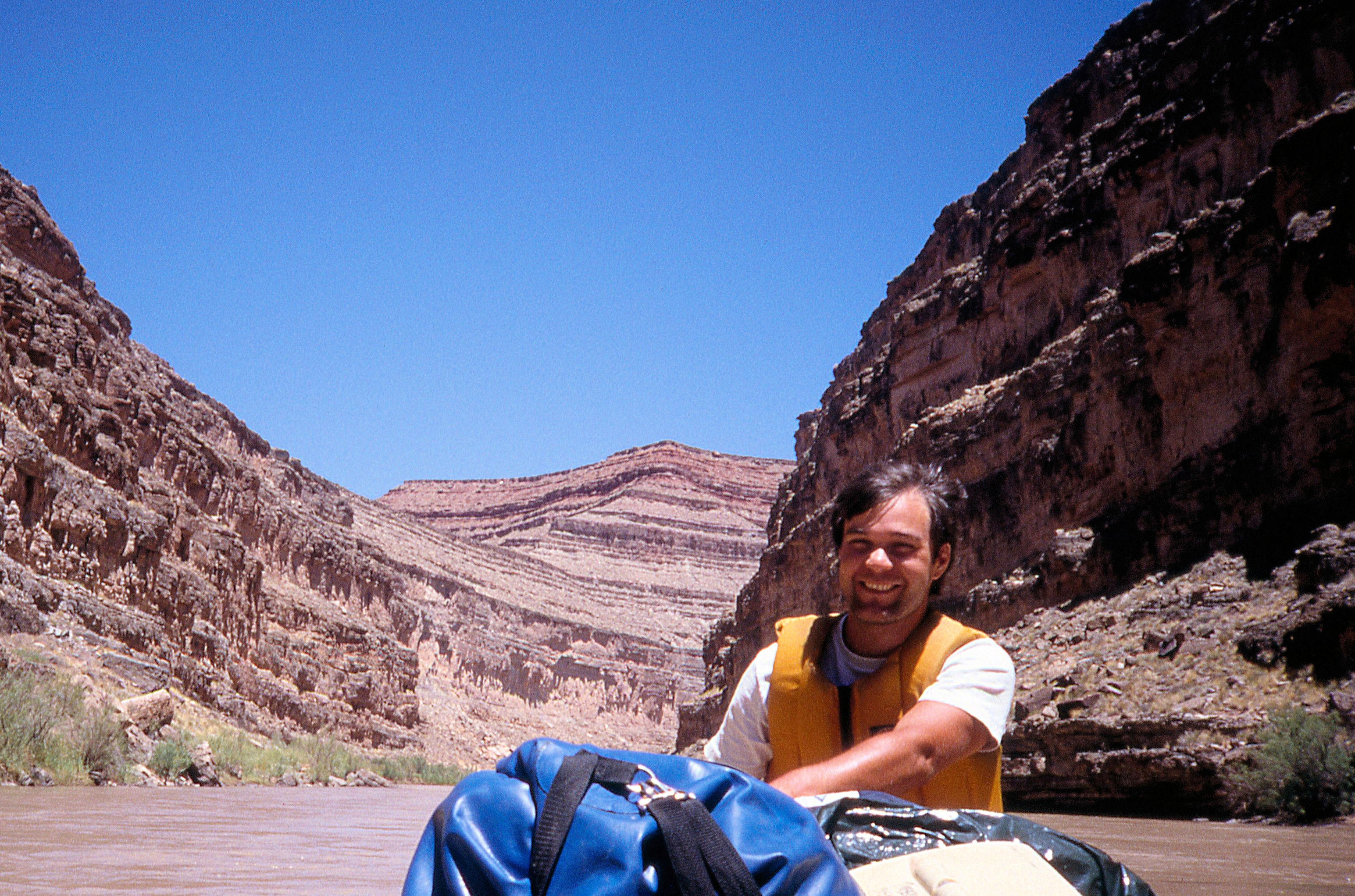
Trent Retallick
When we first pitched recording MT along the crustal seismic traverses as part of Geoscience Australia's then Onshore Energy Program, Phil was kind enough to fly down to Australia alongside Bill Doerner to speak with Geoscience Australia about the work he had been doing in the States collecting MT data along regional transects. He gave his time and knowledge freely for this and we can all see how much of an influence this has had in Australia with the use of MT commonplace by all State and Federal groups as well as many exploration companies these days. I hope he is recognized for the role he had to play in helping start the implementation of MT surveys down under.On a personal note, I found Phil to be a very intelligent, respectful and honourable man and will be forever appreciative for his generous contributions to our industry.
Rob Cope
Hoo Boy.....This news struck me with the same force as the news I got back in high school (or early university) when Phil's dad passed away from a massive heart attack at a "way-too-early" age.
I met Phil in 1965 when we moved to Tweed. For reasons I am at a loss to explain we hit it off right away.
Poplar's Golf Course was a 9 hole course in Stoco, ON. It was owned by the dad of a friend of Phil's. It was about 200 yards from his place and his mother was generous enough to allow me to keep my clubs there. A junior membership was $25 a year. Starting in grade 9, I would bicycle over from Tweed and we would play round after round. 5 or 6 rounds each Sat and Sun. The goal was bogey golf. Phil was much better than that pace. I asked him about his golf much later in his life, he told me that "he really was quite busy with work".
At an age, when we most of us were just getting the knack of playing a stereo, Phil was able to play entire works by famous composers on the piano. He played a trumpet in the school band at Tweed High School and went with me to Ipperwash Army Cadet Camp for a summer to learn discipline.
In the last year of high school I was completely befuddled by physics. With the help of Phil, I was able to successfully complete the course. He was back at it in first year at Queen's. I just managed to squeak through Physics 101, but I did pass the course. Thank you Phil.
After university, our paths diverged and he moved south. However, I became involved in the mining exploration business and would meet up with him whenever he came to Toronto to the PDAC to give a presentation, which turned out to be quite often. He would come back home every Christmas and we would always get together a couple of times over the holidays.
I made 3 trips down to Salt Lake City over the years. He was always able to get away for a few days, not all of them but we had a number of trips to Alta and Snowbird. I was blown away watching him "telemark" his way down through the upper bowls at the resort. Gliding effortlessly through the snow, I'm still in awe at the memory.
I went on a trip down the Green River with him. We left Salt Lake City in a snowstorm, driving south with the canoe on top of the car. That night, the snow returned and all of our tents collapsed. Fortunately, we found a laundromat and the day dawned bright, so off we went. It was a great trip. No paddling, we joined all the canoes together and floated down the river. That night our sleep was interrupted as the river rose. We had pitched our tent on a higher knoll and only awoke because of all the noise. Our luck turned the next morning as we discovered that our canoe had not been pulled up far enough and had floated away. Zooming down the river to our "get-off-the-river point", we jumped into the car. I suspect that many of you will remember the old Saab (not sure of the make?) and caught up to the wayward canoe. Phil was concerned as he could be, it wasn't his canoe after all.
Then we headed off into the desert, with the canoe on top of his car to enjoy what I would call "Phil's Magical Mystery Tour". We were children of the 70's after all. I can remember walking along a desert road that had flooded, pointing out all where he should be driving to avoid shorting out his car. All manner of sights, lots of laughs and more explanations than I could remember.
I made two trips into the desert with Phil. On one trip as described above. On another trip we travelled around with two pairs of skis hooked to the roof.
So many good times......
Through all the years we have managed to keep in touch, not as much as either one of us would have liked but we both liked travel and we made it work that way. If not for the pandemic, I probably would have seen him last year. As it stands we waved good-bye in Mar/19.
He was such a rock-solid guy. Quiet, unassuming, a dry sense of humour, so many admirable qualities. I'm going to miss his little chuckle which popped out on so many occasions. I'm really gonna' miss Phil
Farewell bud.
Phil's Magical Mystery Tour (press on image for full resolution)
>
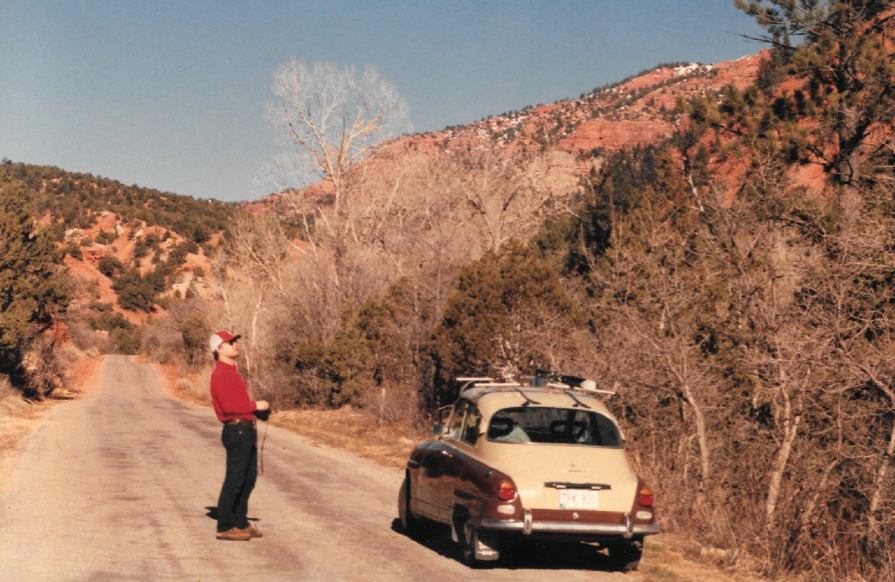
George Jiracek
Phil Wannamaker ThoughtsWith the shocking passing of Phil Wannamaker last week, the global electromagnetic geophysics community has lost a world-class scientist and I lost a long-time friend and collaborator. I cried when I got the news and I'm still crying in my heart.
Phil and I first met in 1978 at the University of Utah (UU) while I was spending sabbatical time with my close colleague and friend, Jerry Hohmann. Jerry introduced me to this young, deep-voiced, kid who Jerry said was the best geologist he'd ever had as a geophysics student. Soon we were all lauding Phil's amazing geophysics ability too. Within a few years there appeared the first three-dimensional modeling of geophysical electromagnetic data.
When Jerry Hohmann died unexpectantly in 1992 Phil continued to carried-on his legacy at the University of Utah not only through his science but also as Trustee and Treasurer of the Gerald W. Hohmann Memorial Trust for Teaching and Research into Electrical Methods of Geophysics.
Phil produced outstanding, ground-breaking, science during his entire life. I'll briefly mention a few instances, but they are just the tip of the iceberg of his many, many successes. His 1980s interpretations of electromagnetic measurements in the western US shed new, exciting implications of deep crustal processes and hastened geothermal energy exploration. This also set Phil's lifelong studies of deep Earth crust-mantle processes that included Oregon's Cascades, the Colorado Plateau, and the Appalachians. And, then later in Antarctica where they involved continental ice sheet stability and in New Zealand where fluids along active geological plate boundaries were skillfully gleaned from electromagnetic measurements. In fact, the international team led by Phil received the New Zealand Geophysics Price for best paper in 2009.
Phil was not only outstanding at interpreting complex data. He and John Stodt constructed their own field equipment. And, the UU three-dimensional, inverse modeling codes are widely used around the world.
It was in New Zealand that I really got to know Phil. As a colleague I knew his quiet, humble nature and his intellect. Then I found out how much fun it was to do field work with him. I've included a few pictures below that confirm this.
I know now that Phil is gone. But, when I close my eyes, I see Phil alive and in New Zealand where we're having the time of our lives. You see, I believe in the multiverse, and on one or more universes we're enjoying exactly what we did then.
George Jiracek, September 2, 2022